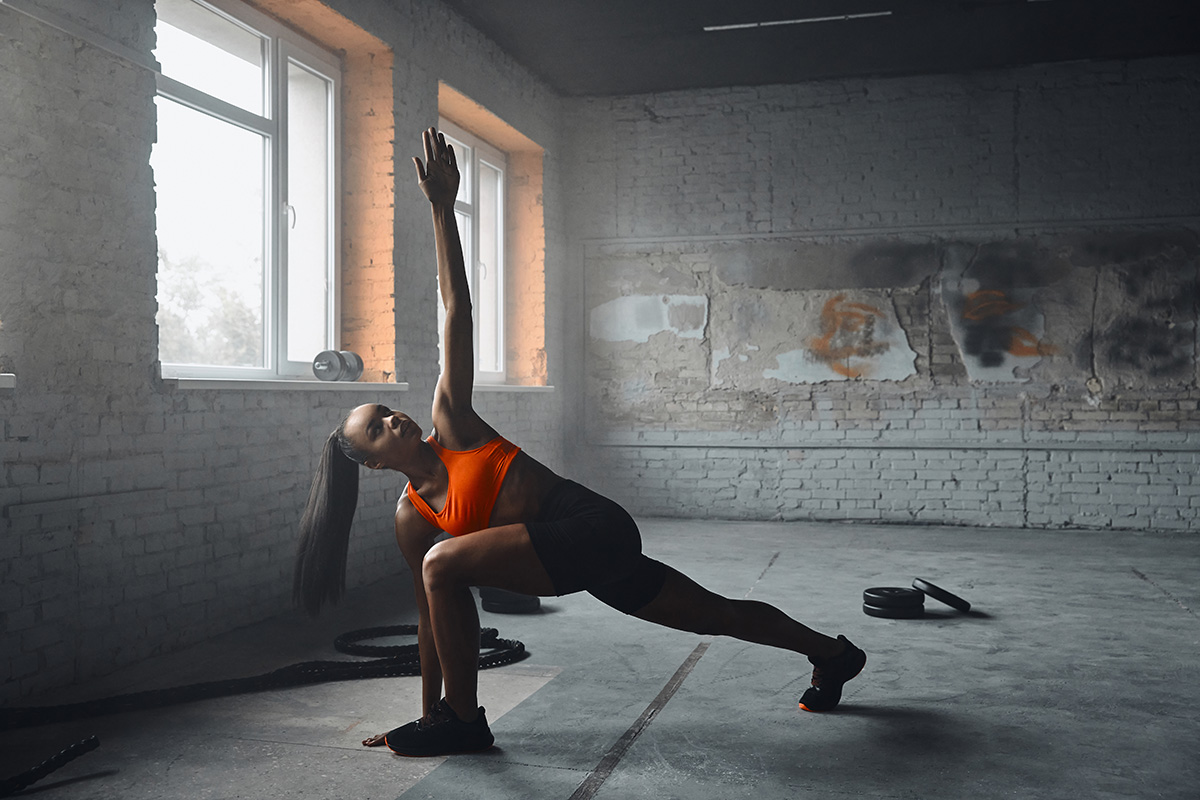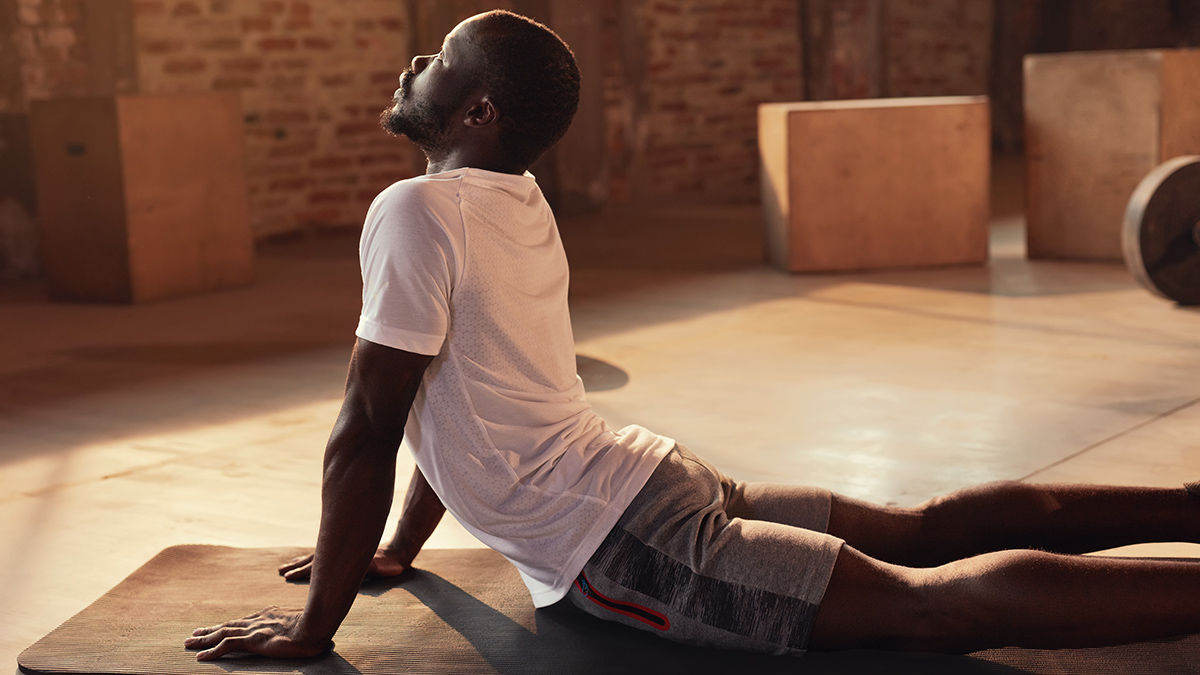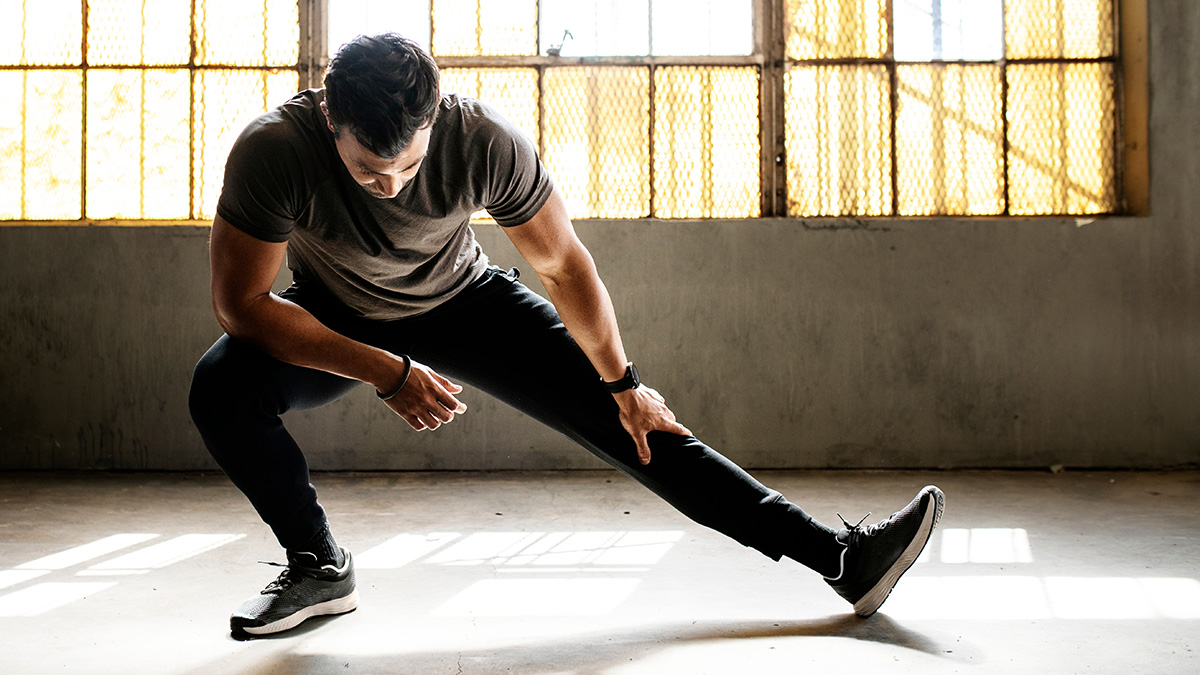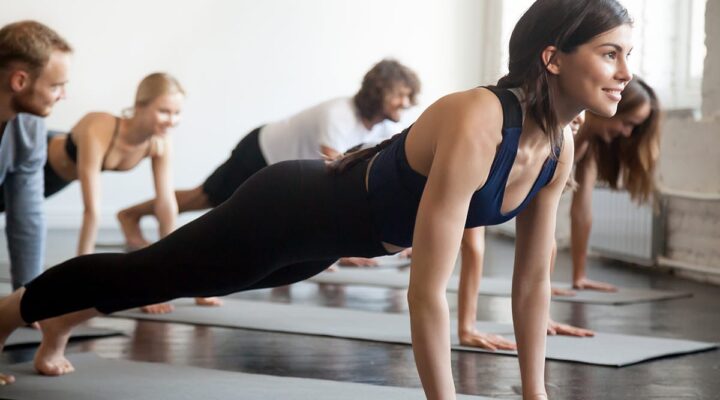What Is Mobility Training? The Workout That Will Help You to Hit Your Fitness Goals Faster

For many gym-goers, the goal is to get bigger and stronger. If your current training routine only consists of strength and conditioning sessions, then you’re missing out on the secret ingredient, says Liz Connor.
If you’ve been keeping your eye on the plethora of grueling fitness trends that have emerged from TikTok in recent months, you’ll know that fitness challenges are all the rage right now.
From the 12-3-30 method to the 75 Hard Challenge, it seems that not a week goes by that FitTok users aren’t throwing down the gauntlet with a towel-bitingly difficult fitness test.
But if you don’t fancy breaking a hardcore sweat this summer, there’s a more gentle type of training that’s doing the rounds on the app: mobility training. Yep, the hashtag #mobilityTikTok has already racked up over 35 million views, with users sharing their favourite dynamic stretches, drills and exercises.
What is mobility training?
Mobility often gets mislabelled as ‘stretching’ or ‘flexibility’, but the training technique is actually about improving and protecting the range of motion in your joints and muscles. Unlike simple flexibility moves, like touching your toes, complex mobility drills are about building the ability to move a joint, and its surrounding muscles, to the full range it was designed for.
“It’s basically a combination of exercises to increase the movements and motions within your body and joints,” explains Daria Ivanova, personal trainer and founder of wellness hub Repose. “You’ll usually use mobility training to warm up prior to a workout, whereas stretching is used at the end of a session to cool down.”
Far from just a five-minute practise, dedicated mobility classes are now popping up at boutique gyms across the UK like BLOK and Califlow. Get ready to see more mobility coaches popping up on your Instagram feed too, like Physical Therapist Dr. Jen Esquer (@docjenfit), who shares regular movement tips for avoiding specific injuries and tension issues.
What are the benefits of mobility training?
Mobility training can be particularly helpful for anyone that lifts hard and heavy at the gym. Strength training can quickly lead to tight myofascial tissue (a thin fibrous layer that surrounds our muscles and bones), so working on your mobility can help lengthen muscles and reduce painful DOMS.
That said, TikTokers are cottoning on to the fact that everyone can benefit from stretching their bod as having pliable muscles improves our functional fitness: the ability to jump, run, push, pull, bend and crawl without pain. Plus, it’s also great for combating the sedentary effects of sitting at a computer all day, so it should really be a part of any solid fitness routine (think of it like oiling your joints between workouts).
And according to a study published in the Journal of Strength and Conditioning Research, this type of dynamic stretching is actually way better at preventing injury than simple static stretches as part of a warmup, so if you’re still doing those – maybe it’s time to upgrade.
How to practise mobility training at home
Ok, so we know that having mobility is good for us, but how can we train it? Mobility-focussed workouts usually involve cycling through a number of ‘drills’. These exercises usually include flexibility, but also incorporate elements of balance, pliability and strength to supercharge the effect on the body. Think arm rotations with a resistance band to release tension in the shoulders, lateral lunges, spinal stretches and hip openers.
If you’re keen to give mobility training a go, we’d recommend speaking to a qualified personal trainer who can assess your current range of motion and put together a routine based on your specific goals and challenges. As always, YouTube and TikTok are full of follow-along mobility training videos, but there’s a worry that many of the influencers on the app aren’t qualified to give advice, and it can be difficult to work out who is reputable and who isn’t. Plus, any fitness advice really needs to be individualised to ensure that you’re training in a progressive way that won’t lead to pain – especially if you’re in recovery from a recent injury.
How often should you do it?
Essentially, mobility is a great tool for active rest days. If you don’t want your range of motion to suffer in future gym sessions, one of the best things you can do is roll out a fitness mat and make time to stretch.
“I recommend training your mobility the same amount as you train your fitness,” advises Ivanova. “So if you train three times a week, then make time for three mobility sessions.”
The big bonus? You don’t need tonnes of fancy equipment or loads of space to do it, so if you’re strategic about it, you can easily get your drills done while you’re watching TV or listening to a podcast.




















